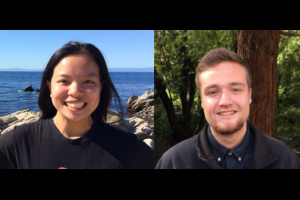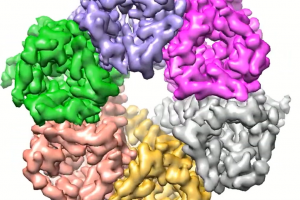Congrats to Rebecca Wai and Trevor Roberts for receiving the Outstanding GSI Award for Spring 2019
The Outstanding Graduate Student Instructor (OGSI) Award honors UC Berkeley GSIs each year for their outstanding work in the teaching of undergraduates. OGSI recipients are nominated from within their teaching department. The GSI Teaching & Resource Center provides the award recipients certificates of distinction and hosts a celebratory ceremony in the spring.



